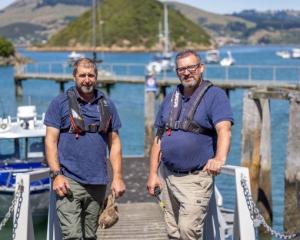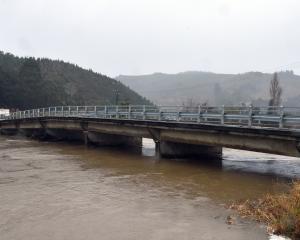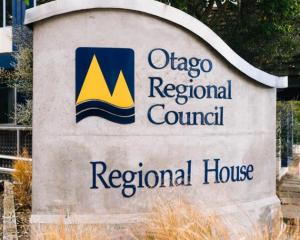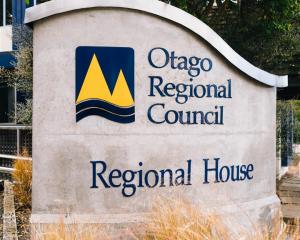Lake Tuakitoto, a shallow body of water near the South Otago township of Kaitangata, is part of a catchment programme recently started by the ORC.
In a report tabled at a recent council meeting in Tapanui, Fish and Game officer Morgan Trotter said to maintain Lake Tuakitoto as a wetland, several issues needed to be discussed with the ORC.
Mr Trotter said these issues included managing the wetland/lake boundary and levels, fish habitats and passageways, and grazing/pasture development in the wetland area.
The Otago Fish and Game Council said Lake Tuakitoto was the last major wetland in the lower Clutha area.
It was once part of a large wetland complex that included a lake near the township of Kaitangata (Lake Kaitangata), much of which had since been drained. The remaining wetland was ''perched'', meaning active management was need to maintain water levels.
Council chief executive Niall Watson said he believed the ORC might be focusing on landowners' drainage issues and not the wetlands.
''We need to put the pressure on the ORC to actively manage the wetland for wetland values.''
Department of Conservation freshwater ranger Pete Ravenscroft said a good understanding of Lake Tuakitoto was needed to fix and enhance the area.
''You have to be very careful what you do in there. If you try to enhance it, you could drain it.''
In 2011 the council wrote to the ORC outlining concerns around the lake's murky brown colour, eels dying in nets, and localised fish kills from low lake levels.
The ORC had since conducted water sampling and in May had launched the Lake Tuakitoto catchment programme to lift water quality.
ORC land resources officer Rob Schick said a water quality sampling network had been established in the lake catchment and regular monitoring conducted since September.
The focus of the catchment programme was on landholders and ORC staff sharing information, particularly on reducing contaminant discharge, especially sediment and phosphorus.
The catchment starts in Pukekoma and includes part of Hillend, Stony Creek, Crichton, Lovells Flat and Benhar, and finishes at Lakeside, near Kaitangata. Bodies of water are Lake Tuakitoto, Frasers Stream, Lovells Creek and Stony Creek.
Water quality monitoring in the catchment is due to end in August and a report will be released next year.
The Otago Fish and Game Council agreed to seek a discussion around Lake Tuakitoto management issues with the regional council, and to keep an eye on the wetland's progress.












